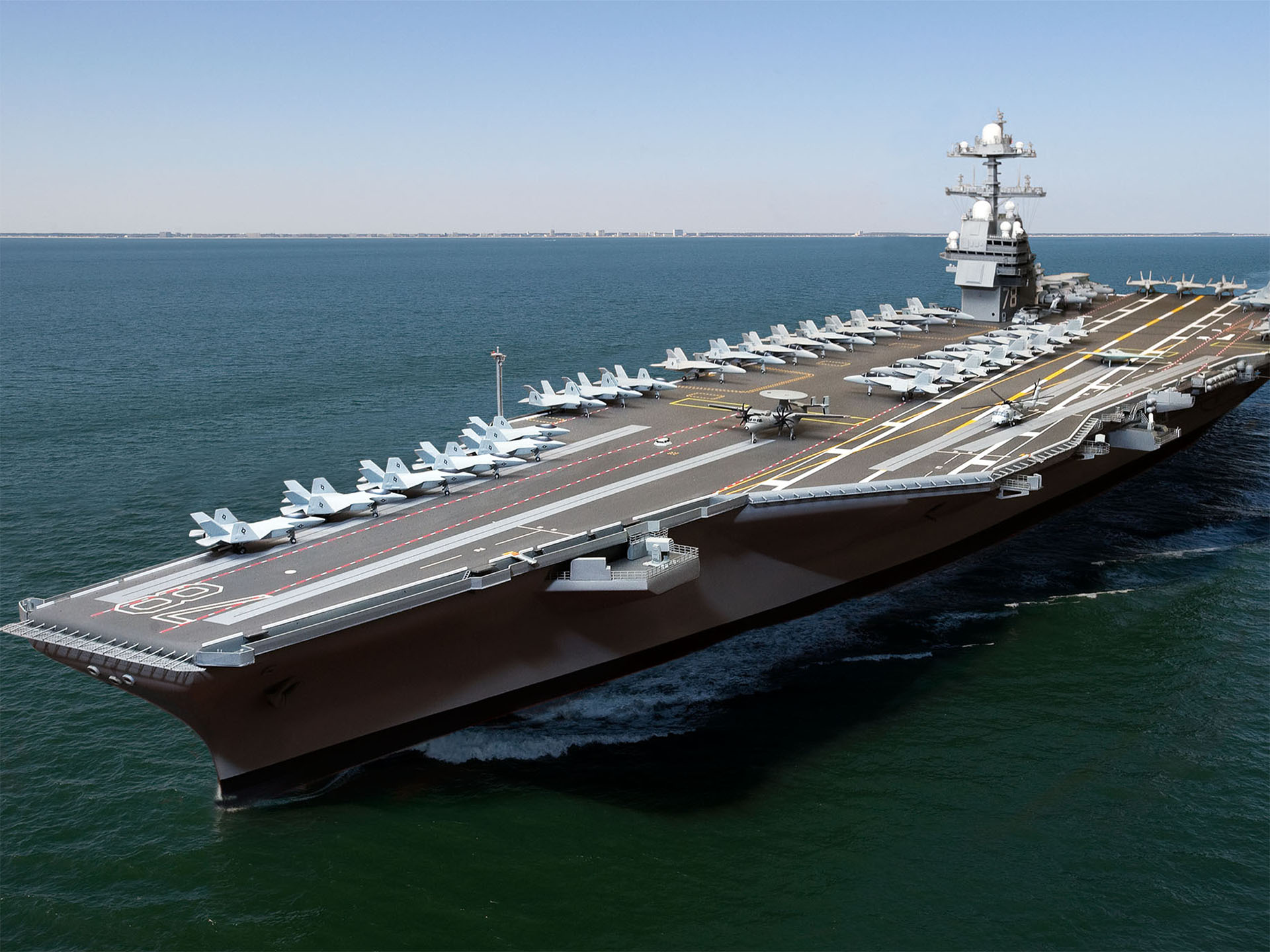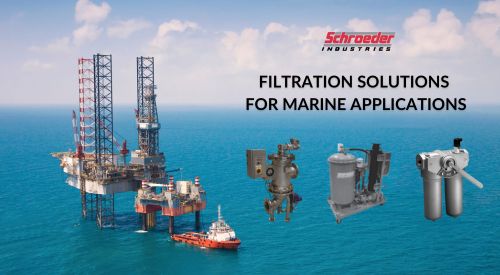Step #1 – Start with the carefully understanding the application. A hydraulic power unit (HPU) supplies fluid power to various hydraulic actuators including cylinders and motors. The requirements of the items that the HPU looks to power will dictate the max working flows and pressures.
- Defining max working flow: calculated by the number and types of cylinders and motors that are operating at the same time, at the required speed.
- Defining pressure: calculated by determining the necessary force needed to perform the duties of each actuator.
- Calculations: pressure & flow can be determined through straightforward formulas, see our reference sheet.
- Size constraints: HPU location may factor into the size of components, reservoir, and other design decisions.
Step #2 – Selecting a pump. Many options for pumps exist – simple gear pumps, piston pumps, bent axis pumps and other options. Rotary gear pumps are generally the most cost-effective solution, and require less maintenance, but may not meet the criteria to achieve higher pressures and speeds. The style of pump may also be dictated by required flow & pressure as well as size constraints for the application.
Step #3 – Determine configuration. Pumps are usually mounted near the reservoir which allows for easier maintenance access. However this requires the pump to lift the fluid with suction before pressurizing the systems which may make the tank harder to clean. Pumps can also be mounted alongside the tank or below the tank.
Step #4 – Designing reservoir. ISO 4413 is commonly followed as the industry standard for design of HPUs, and it dictates the roles for the reservoir. The tank must dissipate heat generated during normal operations, must hold all fluid under normal system operation, and must allow for adequate room for thermal expansion. It also defines separation between incoming fluid and pump intake, allowing returning fluid to be able to release trapped air and permit contaminates to settle. Usually, a hydraulic reservoir is 3-5x the per-minute flow rate.
Step #5 – Pressure relief. A pressure relief valve is essential to limit max system pressure by allowing fluid to return to tank when the system is not using the full volume of flow from the pump. Determining the right size for a pump is critical because if the pump is too large for the system, the pressure relief valve will be constantly working, wasting energy and creating heat.
Step #6 – Filtration. Maintaining clean fluid is essential to any hydraulic system, and all HPUs must include a filtration system. Options include using filtration on the pressure side of the pump to protect for contamination in the rest of the system. Pressure side filtration can be cumbersome because of contamination build up across the pressure drop and the filter housings must withstand the pressures produced by pump. Return-line filtration is an option which helps keep contaminates out of the tank with lower pressure requirements.
These are just the initial steps to consider when sizing an HPU. HPUs often have sophisticated controls, valves, gauges and sensors. Supreme Integrated Technology designs and builds HPUs for a wide variety of applications including for the military, industrial, oil & gas, marine and civil industries. Contact us for help on your next project.




